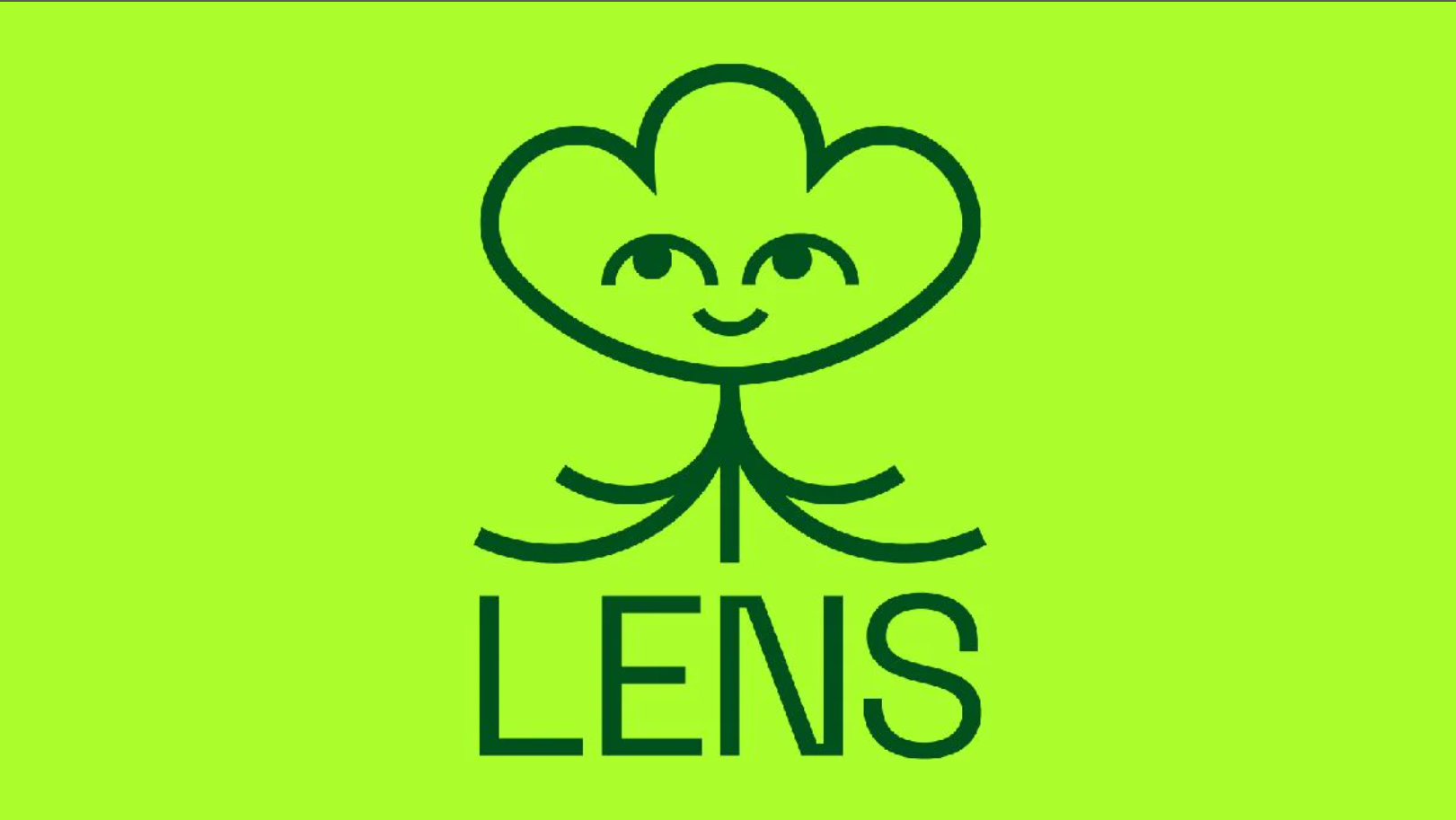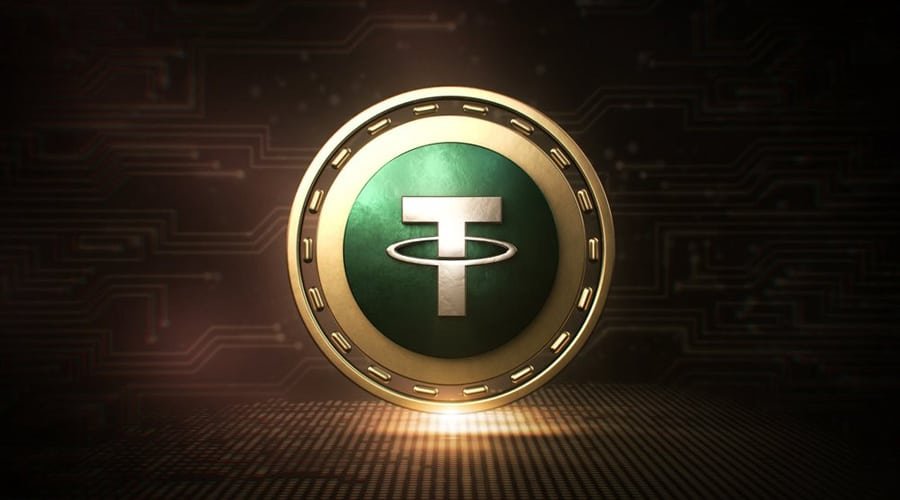
The procedure for lending on Defi is widely known. Lens Protocol, Aave’s most recent Web3 project, is a decentralized social graph that makes use of NFT resources to support online entertainment stages. It was published today. Aave is adopting a different approach with this project than it did with previous Web3 projects.
Lens Protocol takes an entirely different approach, even though it gives the impression that it was created to compete with well-established online entertainment platforms such as Twitter. Customers are essentially given the ability to own their assets by storing them as NFTs, which are unique tokens based on blockchain technology, in a cryptocurrency wallet. Everyone can build upon the standard since it is accessible to a broad variety of programs and administrations and may be used by everyone.
Polygon is an Ethereum sidechain scaling solution designed for decentralized applications (dapps) and non-fungible tokens (NFTs). Lens Protocol is based on Polygon. Polygon enables faster, less costly, and less energy-intensive trades than Ethereum’s mainnet, making it more realistic for an informal society to be built around a potentially massive number of NFT resources. Polygon is a decentralized exchange platform that was created by the Ethereum community.
The application of blockchain technology in web-based entertainment is being considered a good use case for the technology since it will enable safe staging and will allow customers to own, control, and maybe profit from their material.
Even if Ethereum-based Minds is a well-known example of a platform of this kind, such platforms have not yet reached the size of behemoths like Twitter and Facebook. This is even though Minds claimed to have 14 million complete customers as of June 2021.
The primary emphasis is “Since [Square CEO and subsequently Twitter CEO Jack Dorsey] will manufacture Aave on Bitcoin, Aave needs to fabricate Twitter on Ethereum,” Stani Kulechov, founder and CEO of Aave, tweeted in June of last year. “Aave need to fabricate Twitter on Ethereum.”
It was not a statement that was said in passing: Aave had started the development of a decentralized online entertainment rival, but they had opted to construct on Polygon rather than Ethereum’s mainnet.
Kulechov was quoted as saying at the time, “We accept that content creators should claim their audiences in a permissionless manner, where everyone may assemble new client experiences by using comparable on-chain social chart and information.” “We accept that content creators should claim their audiences in a permissionless manner.”
Aave had earlier disclosed the labeling and specifics of the Lens Protocol in February. These included the capacity to generate unique NFT-based profiles and the availability of content that is saved using NFTs that users store inside their wallets. LensFrens and Lenster are early examples of applications that make use of the Lens Protocol; nevertheless, despite their potential, these apps do not yet provide significant web-based entertainment benefits.
It may come as a surprise to some, but Twitter is likewise moving in the direction of a possibly decentralised future. Twitter, which is led by Dorsey, has announced the beginning of Bluesky, which is a campaign that aims to put together a decentralized web-based entertainment event. Bluesky was launched. Twitter is providing financial support for the project but does not own it.











